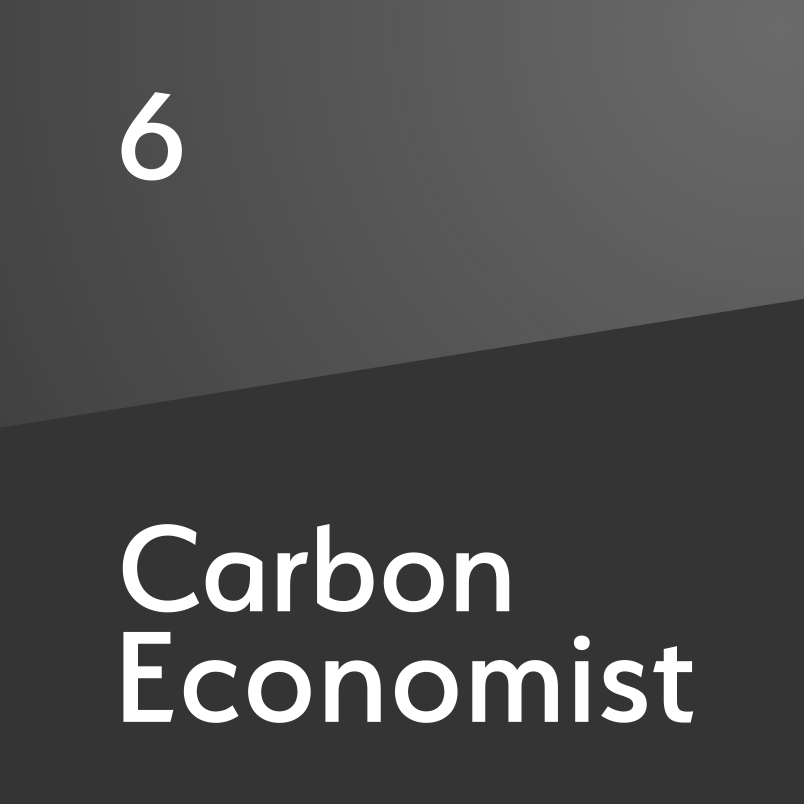Saudi Arabia's path to transition, part 1: Energy diversification
The oil behemoth recognises the need to broaden its energy mix to reduce both environmental and economic risks
Saudi Arabia holds one-sixth of the world’s oil reserves and remains a major player in the global oil market, producing 9.61m b/d of crude oil in 2023. The discovery of the Dammam oilfield in 1938 marked the beginning of Saudi Arabia's economic transformation, driven by oil. This development led the country to become a founding member of OPEC in 1960. Over the decades, oil revenues fuelled significant economic growth, positioning Saudi Arabia as a member of the G20 with a GDP of $1.07t in 2023. In fact, oil revenues accounted for 62.29% of the national budget in 2023, underscoring the country’s deep reliance on the sector. However, the Saudi government has recognised the economic and environ

Also in this section
24 December 2025
As activity in the US Gulf has stagnated at a lower level, the government is taking steps to encourage fresh exploration and bolster field development work
23 December 2025
The new government has brought stability and security to the country, with the door now open to international investment
23 December 2025
A third wave of LNG supply is coming, and with it a likely oversupply of the fuel by 2028
22 December 2025
Weakening climate resolve in the developed world and rapidly growing demand in developing countries means peak oil is still a long way away







